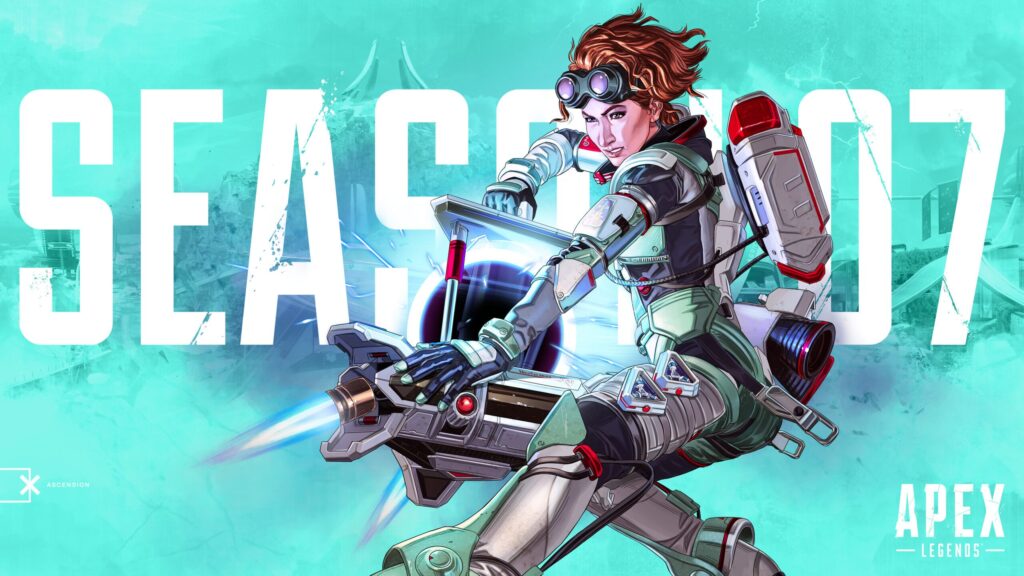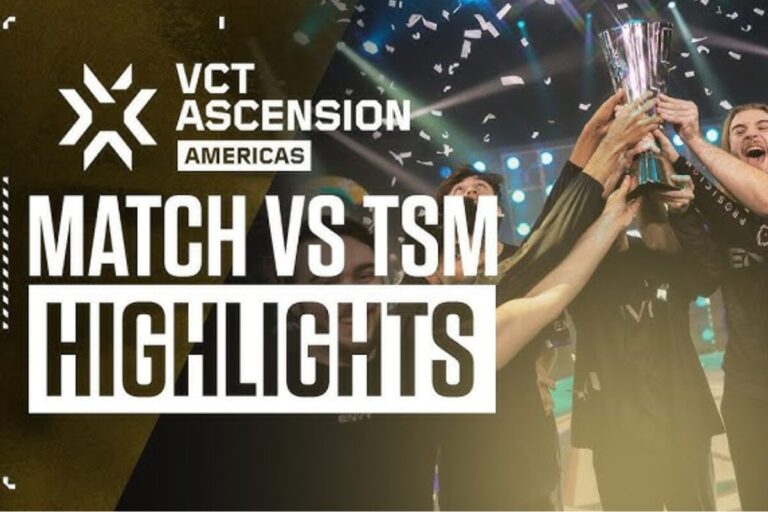
Apex Legends Seasons Dates : Since its launch in early 2019, Apex Legends has become a model for how live-service games can balance content rhythm with evolving gameplay. Every few months, Respawn Entertainment releases a new season — a cycle that introduces Legends, map updates, and ranked resets. These Apex Legends seasons dates are more than just calendar entries; they’re the framework for the entire player experience.
A typical season lasts about three months, or roughly 90 days, giving fans time to complete a Battle Pass, progress through two Ranked splits, and explore new limited-time events. Understanding this structure helps players plan their gameplay, especially as Respawn continues to adjust features and pacing with each update.
The Seasonal Format

The Apex Legends seasonal format follows a clear rhythm built around four main components:
- New Content: Usually a new Legend, weapon, or map rework to refresh gameplay.
- Battle Pass: 100 levels of rewards, including skins, charms, and crafting materials.
- Ranked System: Two splits per season, encouraging ongoing competition.
- Events: Collection or Thematic events mid-season, offering Heirlooms and LTMs.
Each season also carries a unique theme, like Revelry’s celebration of legacy or Takeover’s combat overhaul. This pattern keeps the game’s competitive base active while giving casual players fresh goals.
For example, Season 21: Upheaval reintroduced Solos mode alongside a new Legend, Alter, while Season 25: Prodigy revived the Arenas format. These updates show how Respawn alternates between experimental features and traditional seasonal updates to sustain long-term engagement.
Apex Legends Seasons Timeline

The following table provides a full overview of every Apex Legends season, including start and end dates, main additions, and milestone updates across the years.
| Season | Duration | Key Addition | Major Highlights |
|---|---|---|---|
| Preseason | Feb 4 – Mar 19, 2019 | Launch | No Battle Pass or Ranked mode |
| Wild Frontier (S1) | Mar 19 – Jun 18, 2019 | Octane | First Battle Pass introduced |
| Battle Charge (S2) | Jul 2 – Oct 1, 2019 | Wattson | Ranked Mode added, L-STAR introduced |
| Meltdown (S3) | Oct 1, 2019 – Feb 4, 2020 | Crypto | World’s Edge map, Firing Range |
| Legacy (S9) | May 4 – Aug 3, 2021 | Valkyrie | Arenas Mode, Bocek Bow |
| Eclipse (S15) | Nov 1, 2022 – Feb 14, 2023 | Catalyst | Broken Moon map, gifting system |
| Upheaval (S21) | May 7 – Aug 6, 2024 | Alter | Solos return, Exotic Shards introduced |
| Prodigy (S25) | May 6 – Aug 4, 2025 | Sparrow | Arenas revival, Pathfinder buff |
This seasonal cycle helps maintain predictable momentum. Every launch comes with new cosmetics, patch adjustments, and fresh story content integrated through cinematic trailers and in-game events.
How Apex Legends Seasons Have Changed Over Time

While the framework has remained steady, the Apex Legends seasonal model has evolved considerably. Respawn has used each season as an opportunity to reshape gameplay foundations and narrative tone.
Legend Introductions – The roster began with eight characters and now exceeds 25, with additions like Horizon, Catalyst, and Alter expanding tactical depth. Seasons such as Revelry and Breakout skipped new characters to focus on class balance instead.
Map Rotations – The playable map pool expanded from Kings Canyon to World’s Edge, Olympus, Storm Point, Broken Moon, and most recently E-District. This rotation ensures variety in both casual and ranked queues.
System Redesigns – Features like EVO Shields, Crafting, and the Legend Upgrade system show how Respawn continually redefines progression. The removal of helmets and addition of Weapon Arsenals in Season 24: Takeover reflected the studio’s ongoing effort to simplify combat flow.
These changes underline why understanding season timelines matters — they highlight when Apex shifts direction and what updates define each era.
Duration Patterns and the Future of Seasonal Updates

Most Apex Legends seasons last between 88 and 92 days, with a midpoint update introducing a new event or limited-time mode. However, there have been a few notable exceptions:
- Season 3 (Meltdown): Extended over 120 days as Respawn refined World’s Edge.
- Season 7 (Ascension): Slightly shorter to accommodate the holiday launch of Olympus.
- Pandemic Period (2020–2021): Development adjustments led to flexible schedules.
The two-split Ranked format encourages replayability, while Collection Events inject a mid-season burst of activity. Heading into Season 26: Rivalry, expected around August 2025, Respawn’s steady schedule suggests the live-service rhythm will continue — with more experiments in weapon balance and class design on the horizon.
Conclusion: Reading the Timeline Behind Apex Legends Seasons
The history of Apex Legends is best understood through its seasonal structure. Each cycle — from Wild Frontier’s introduction of Octane to Prodigy’s return of Arenas — reflects both Respawn’s adaptability and its long-term commitment to balance.
The Apex Legends seasons dates reveal a clear pattern: a three-month rhythm that has carried the game through system reworks, new maps, and evolving competitive ecosystems. As Apex moves into its seventh year, this consistency remains its biggest strength — offering players a dependable schedule, evolving gameplay, and one of the most refined live-service models in the battle royale genre.



